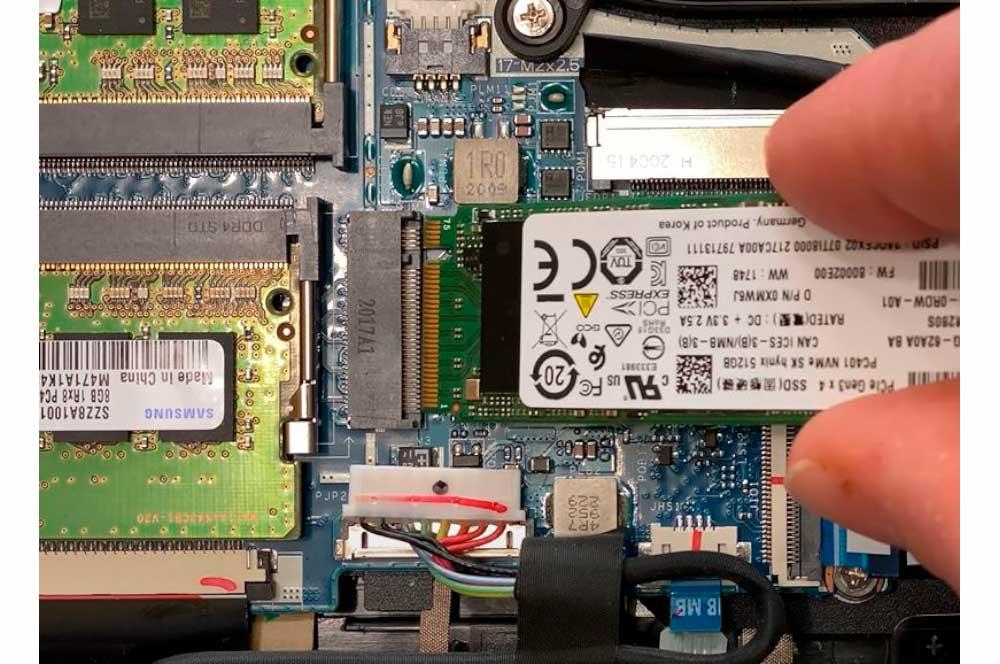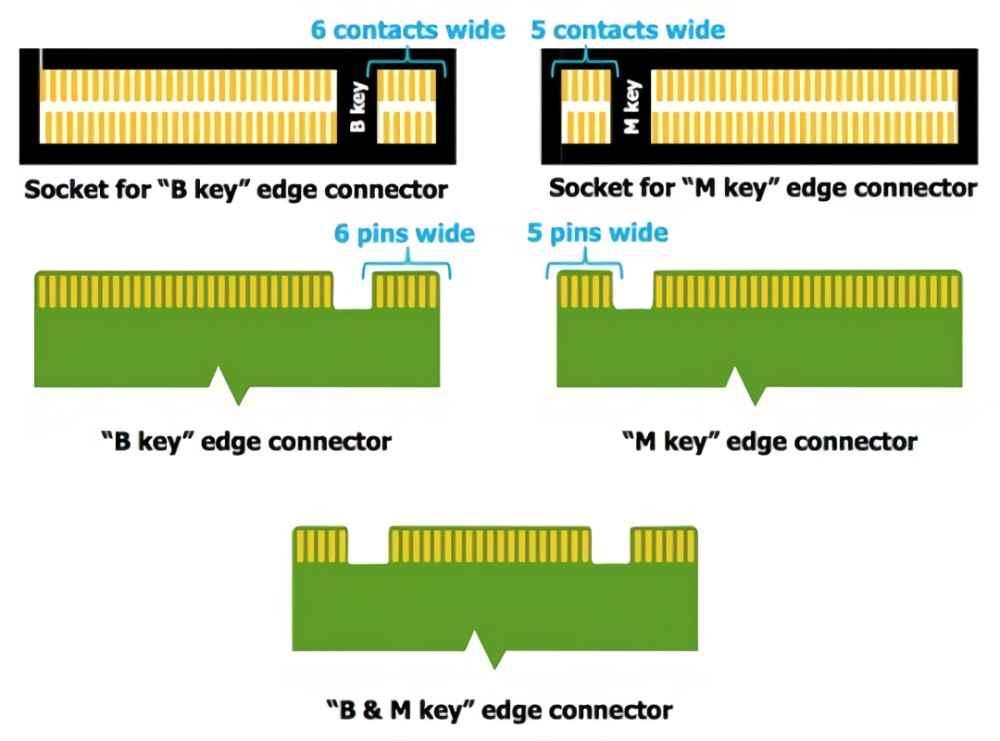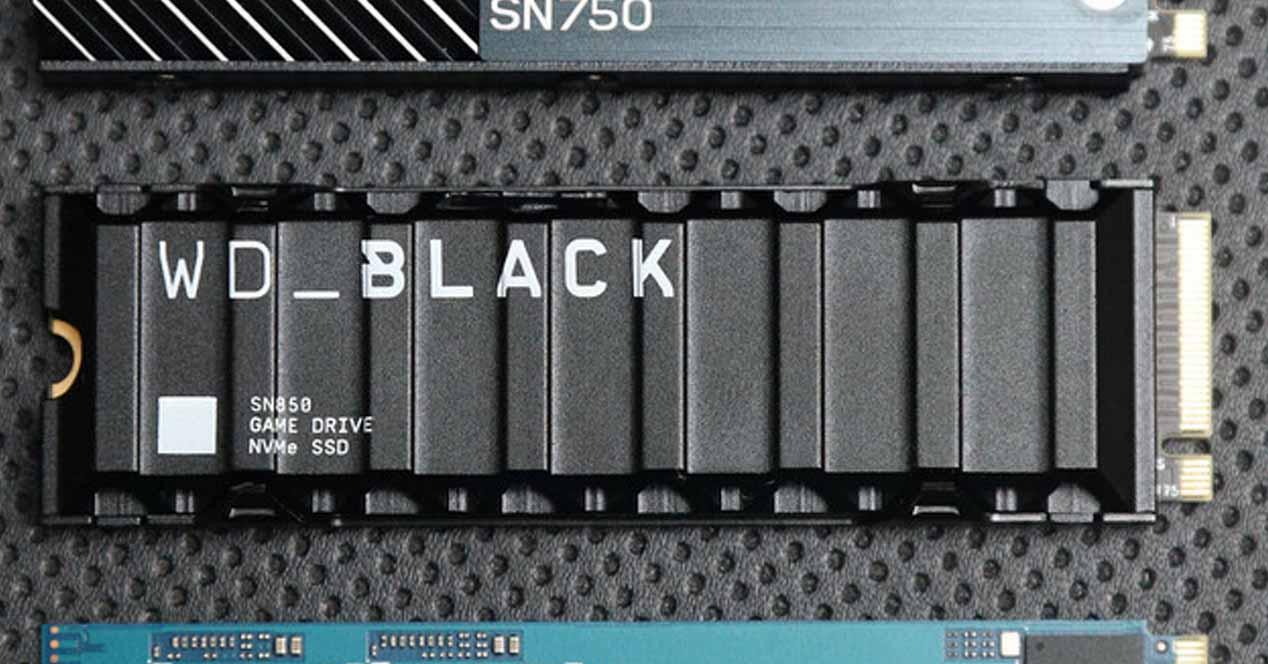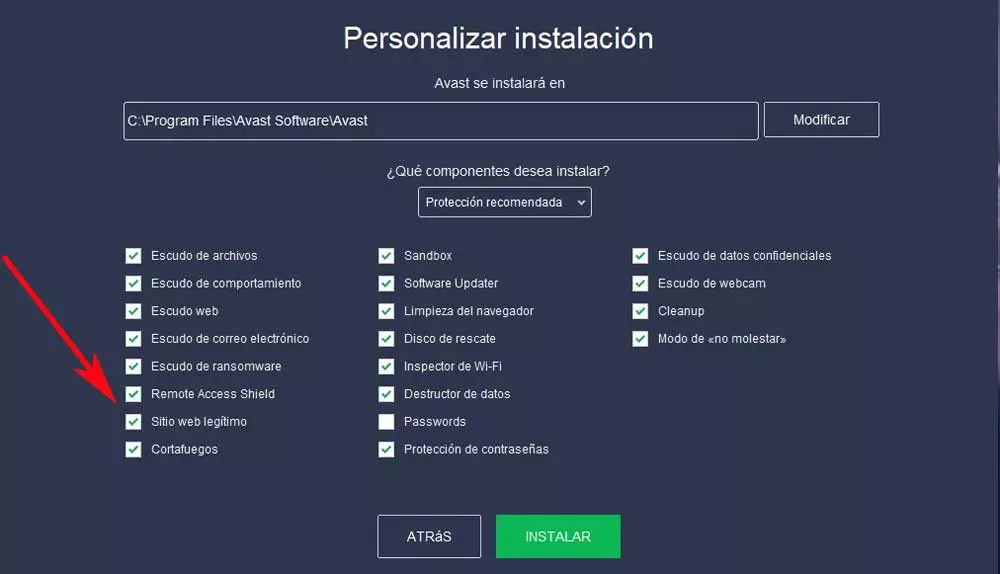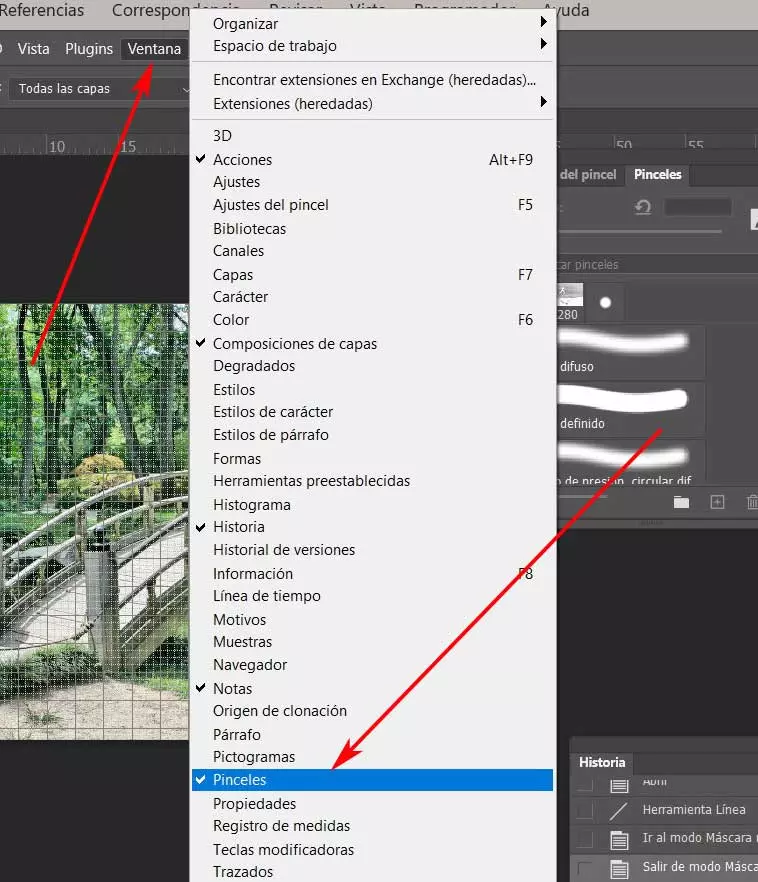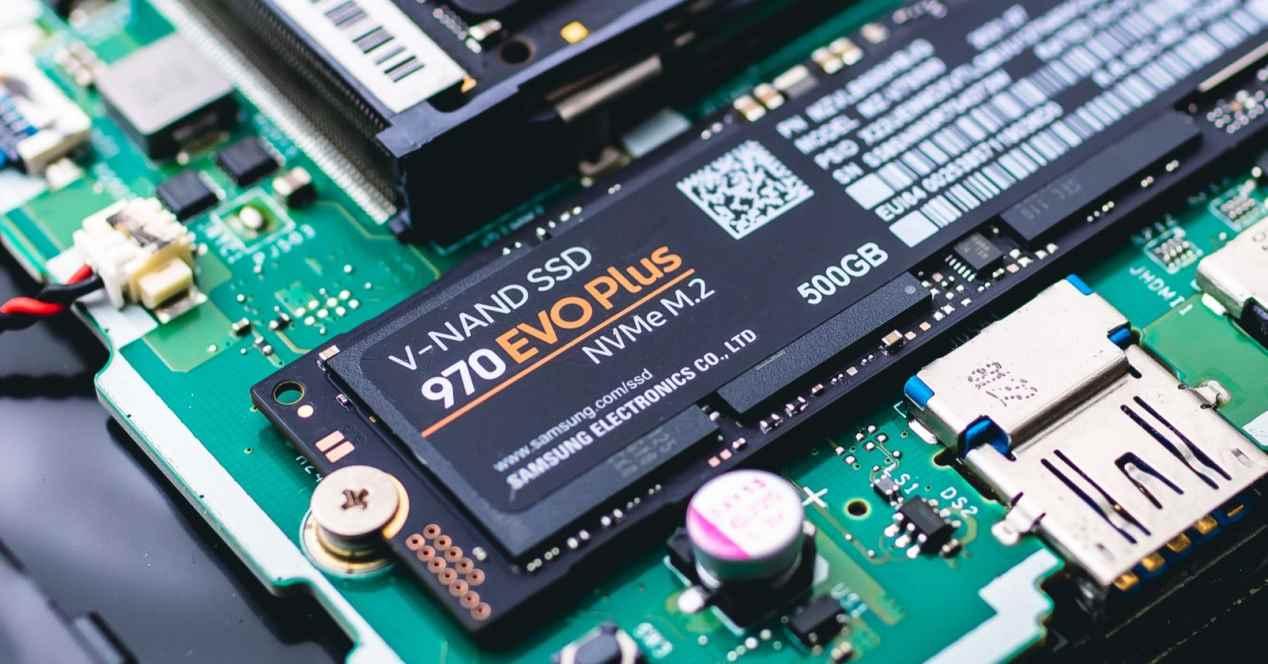
Did you just buy an M.2 SSD and your motherboard has several slots of this type and you don’t know where to install it? Well, don’t worry, we are going to teach you how to locate the correct connector and the one that is most suitable for the unit you just bought. And it is not as easy as screwing and ready and it is extremely important know where to pick the right M.2 slot to connect the SSD. Do you want to know how? Keep reading.
The M.2 form factor has the particularity of occupying very little space, which avoids us having to use full-size cards to be able to expand the storage using solid state drives or SSDs. However, the first difference is that we have two subtypes of tickets. The first is the M.2 SATA which uses that interface to communicate with the drive and a different connector. The second is the M.2 NVMe that make use of a variant of PCI Express x4.
Which M.2 slot should I use to connect my SSD?
If you have a laptop or a MiniPC, the safest thing is that you only have one slot and you do not have to worry, rather in that case the important thing is to know the speed of it and the type for when we buy a new M.2 SSD let us know what models we can buy. The fact of acquiring a faster unit than the one that supports said socket is paying more for a performance that you will not be able to take advantage of.
Now, if you have bought a latest model unit, the fastest on the market and you know that your board supports it, then you have to know that currently said connectivity is not provided by the chipset, but by the processor itself. Where they usually share PCI Express hub next to the graphics card. One way to know if you are going to connect your SSD to the fastest connection is to trace the wiring of the pins on the motherboard to see where they end. However, a chipset may be powering one M.2 slot at PCIe 3.0 speed and one Gen 4 slot.
Normally, the different speeds are printed on the board, if this is not the case, then in the motherboard instruction manual there is always an exploded view of each of the ports, which will help you to know the real speed of the ports. different connectors. If you don’t have it at hand, you can simply pull benchmarking tools like CrystalDiskMark, where you can measure the transfer speed. If you see that it is lower than the one supported by your SSD, then you have not chosen the correct slot.
Types of M.2 slots on our motherboard
There are two types of slots, which will help you identify if you can install an M.2 or SATA SSD.
- those of the type M are for PCIe drives, that is, for NVMe SSDs.
- Instead, those of type B are for SATA SSDs, which are no faster than 2.5-inches, just in a reduced form factor. Currently these ports are in disuse.
- Some M.2 slots are of type M+Bwhich means that they have two connectors, one at each end, and can be used both to install a SATA drive as an NVMe.
Two clues that can help you, the M+B type are usually slower than the M type, the second is that normally the M.2 slot closest to the processor is the fastest.
